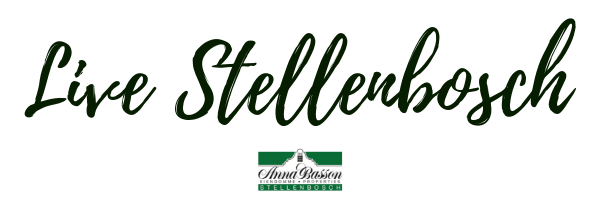The jogging/cycling trail along the Eerste river recently got a new sign post. What is koloniesland and why the name?
The short answer is that 'colonies lant', as it used to be spelled, means the same than 'public land' or 'state property'
The flow of the Eerste River
Stellenbosch's first 'municipality' or local authority was the Landdros and Heemrade (heem-raad = home council), who was responsible for the general order and well-being of the small settlement.
One of the responsibilities of the landdros and heemrade was to monitor and manage the flow of the Eerste River, as the river often flooded in the winter months, causing much damage.
In 1737 they decided to clear up a certain dry river bed close to the Coetsenburg farm house (the 'droogerivier') so the river could branch out and reduce its heavy flow. (At this stage the Coetzenburg farm was on both sides of the Eerste River). As I understand it the newly opened river bed later became the mill stream.
Coetzenburg loses a piece of land
Mev Coetse, the wife of Gerrit Coetse (the owner of Coetsenburg), wasn't very happy that the mill stream flowed across their property. She complained to the landdros and heemrade (in a meeting in 1750) as she intended to use that land for a vineyard.
To keep the peace, Gerrit Coetse offered to exchange the land in question over for 60 morg land at Paardeberg.
The deal was clinched, and in 1753 the land was handed over to the town, that is, to the 'colonie van Stellenbosch'. Because the titel deed was now on this name, the area became known as 'Colonies lant'.

Where is 'colonies lant'?
On the map below I give a rough indication of where the original Koloniesland used to be - the blue part indicates Koloniesland and the green the Drostdy complex.
It is easy to see that the koloniesland area starts where the mill stream branches off from the Eerste River, and stretches up to the drostdy garden.
The Coetzenburg bridge (at Die Laan) is built where the wagenweg na Coetzenburg used to be.
What does 'Minserie street' mean?
Historians believe that the short cul-de-sac branching off from Van Riebeeck Street, Minserie street, is a mutation of the word Menagerie. The menagery is where the landdros kept his chickens, rabbits and cows. A private road lines with Oak trees connected it to the rest of the drostdy complex, today Die laan.
Word Origin and History for menagerie: n."collection of wild animals kept in captivity," 1712, from French ménagerie "housing for domestic animals" (16c.), from Old French manage (see menage).
Koloniesland today
Today the land is mainly used for the Boland College hostel, an institution which used to be the Denneoord Training College.
The jogging and cycling trails in this area has recently been upgraded by the Stellenbosch Trail Fund. They write:
The Koloniesland trails are our latest addition to our Trail Network and is located along the pristine Eersteriver. It starts at the top of Noordwal Oos and can also be accessed via Jannasch Rd.

Article and map, Y Coetsee 2017
Sources: Stellenbosch Drie eeue (1979)
https://www.facebook.com/stellenboschtrailfund/